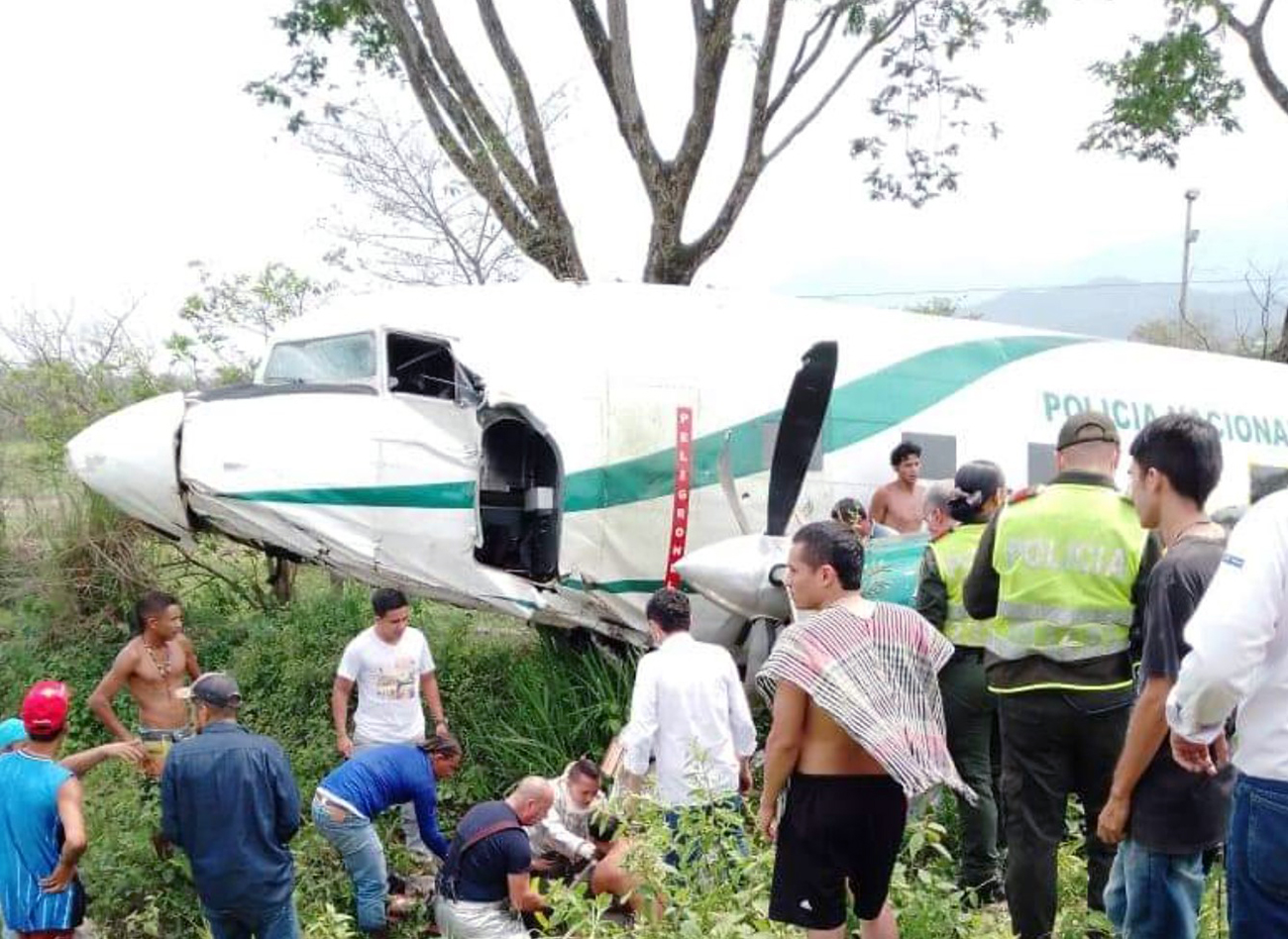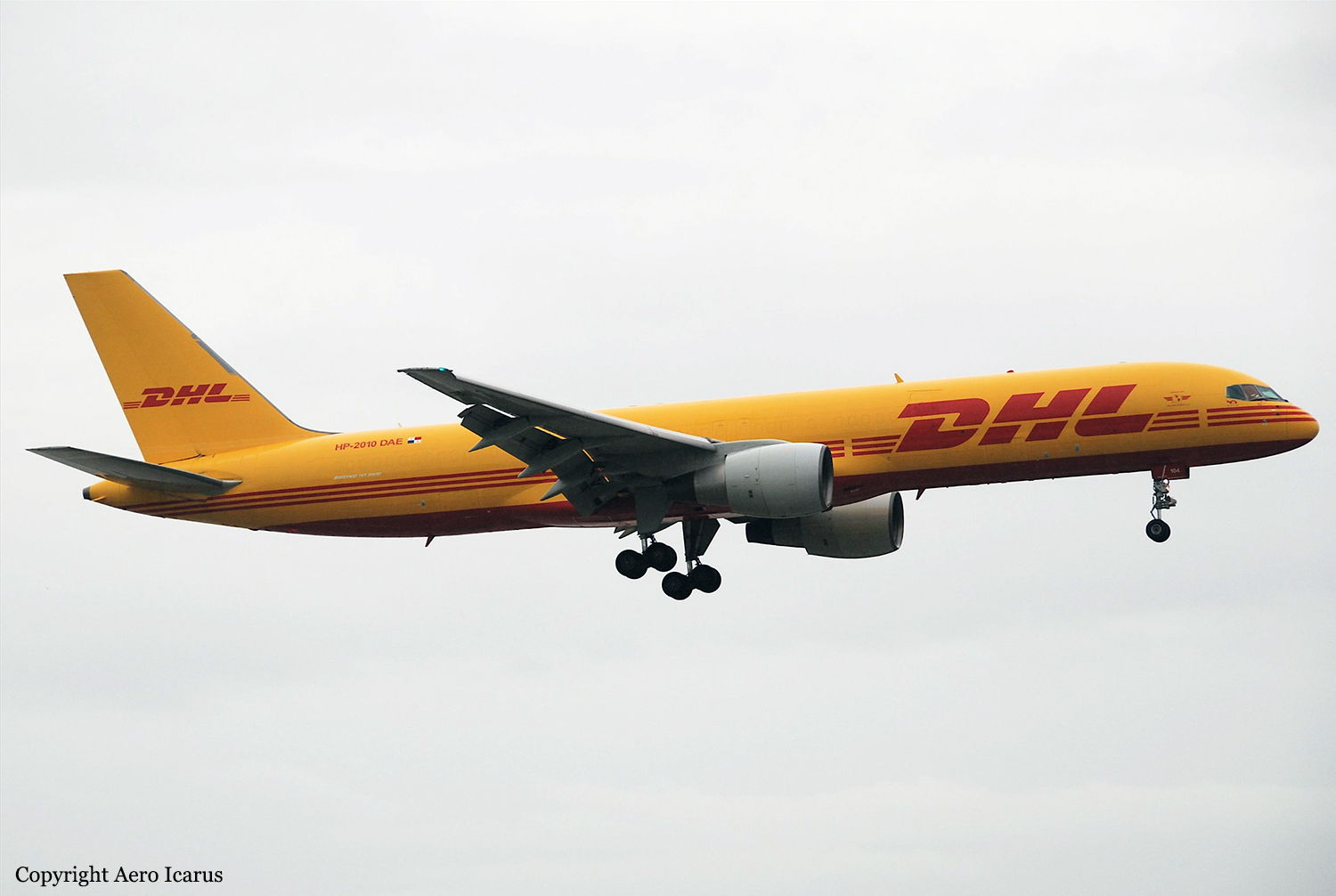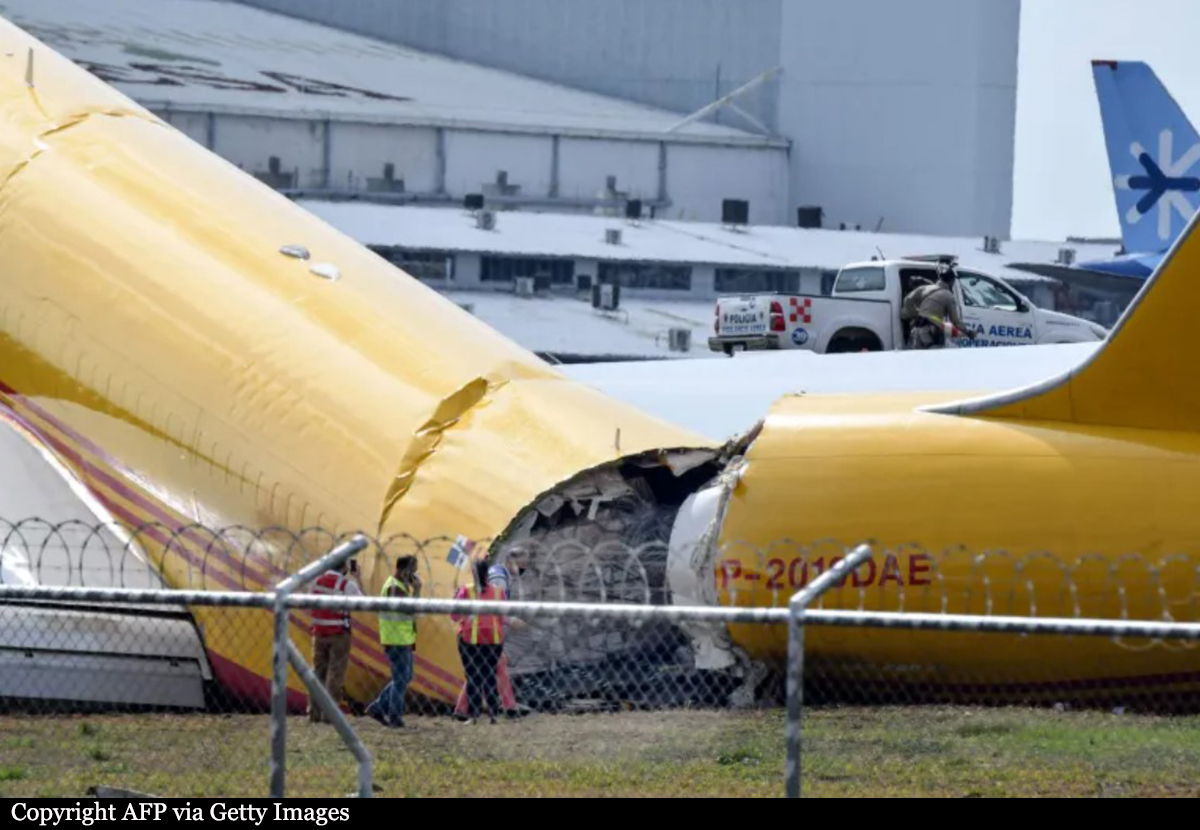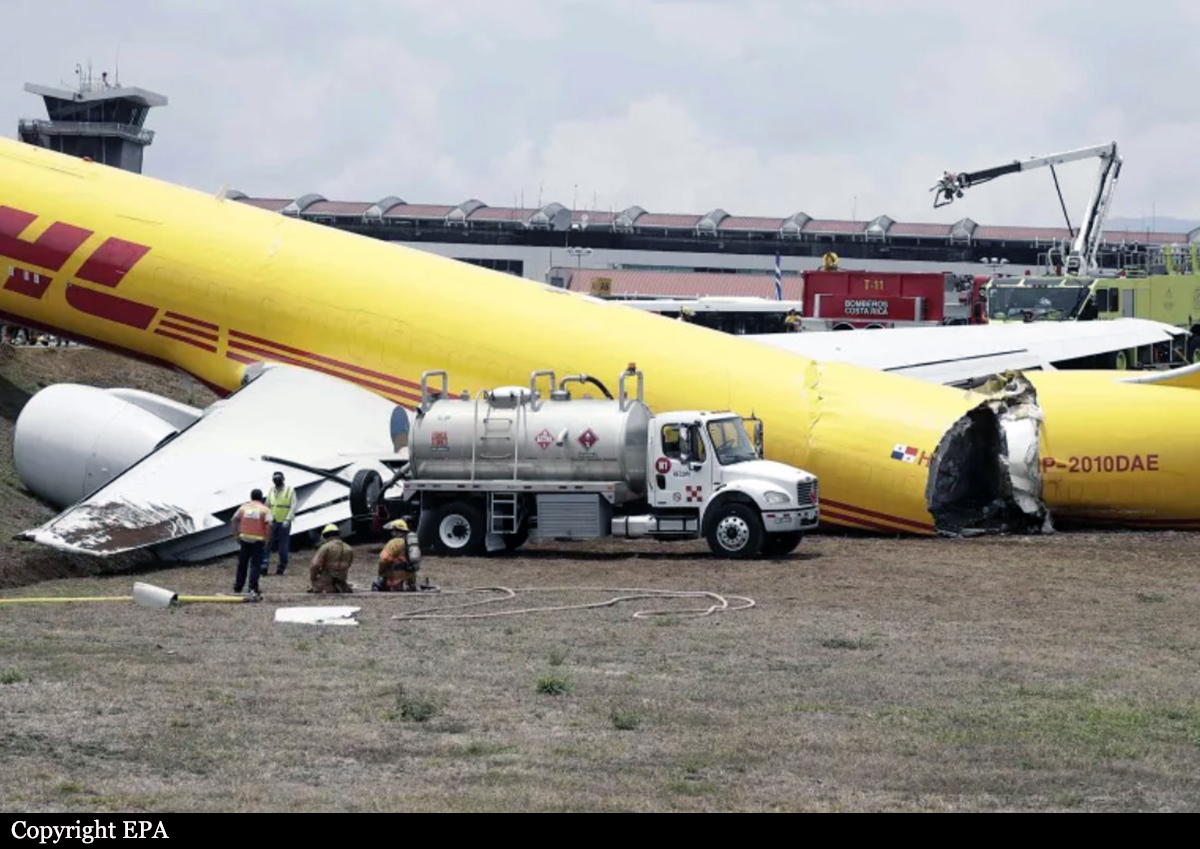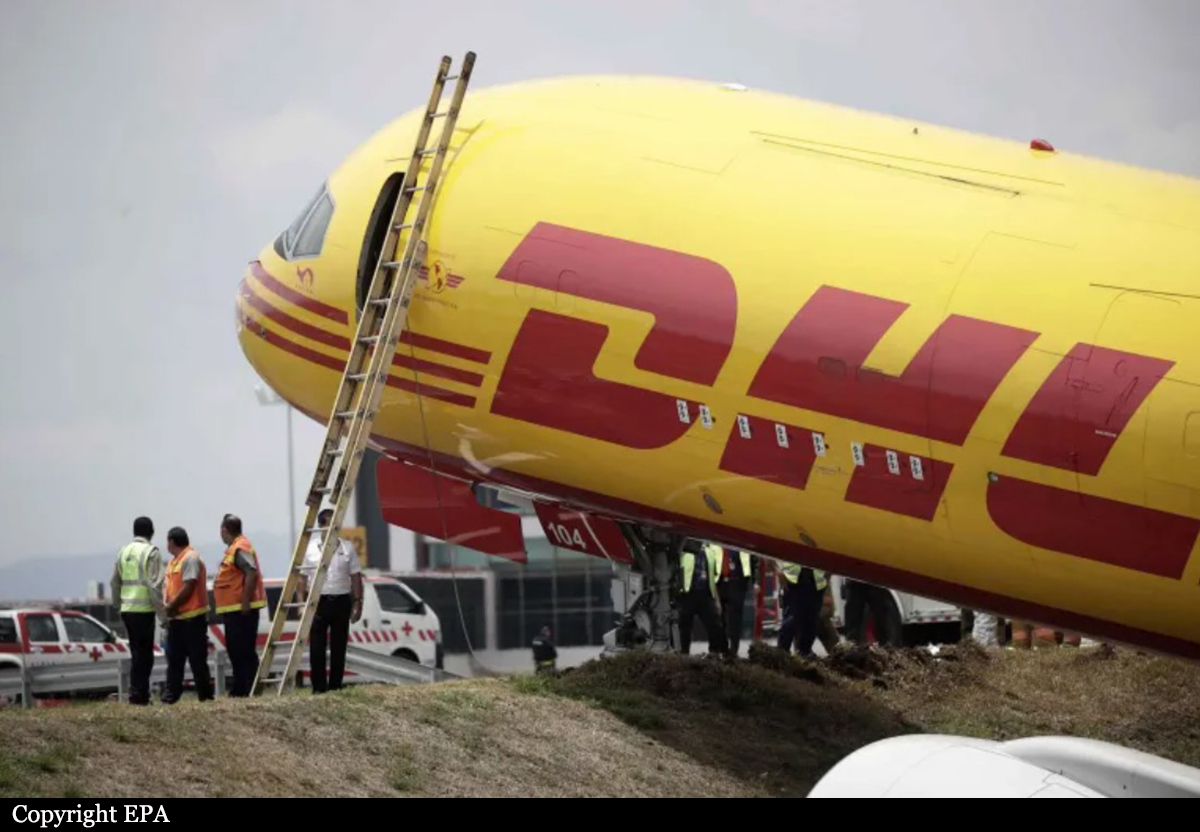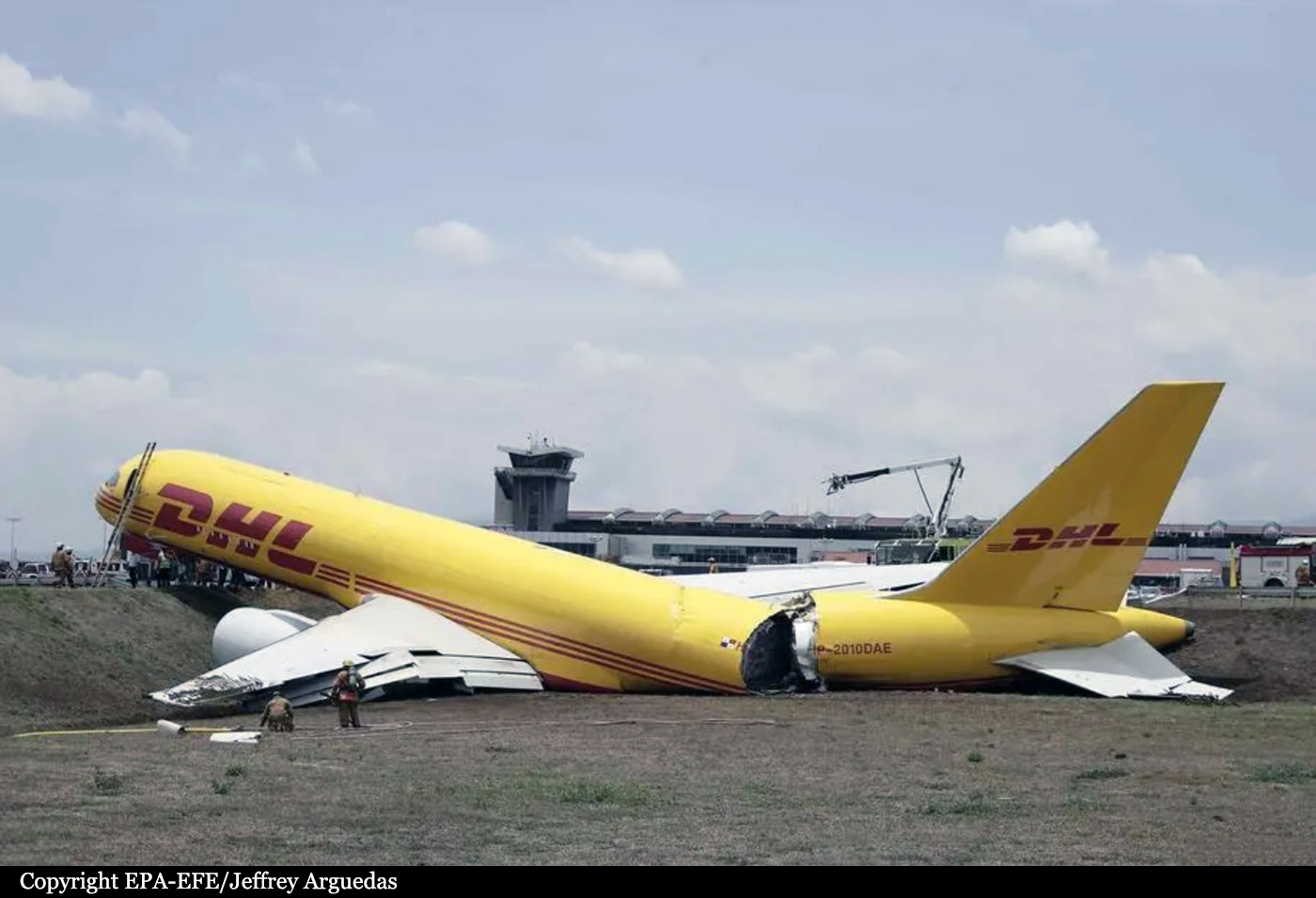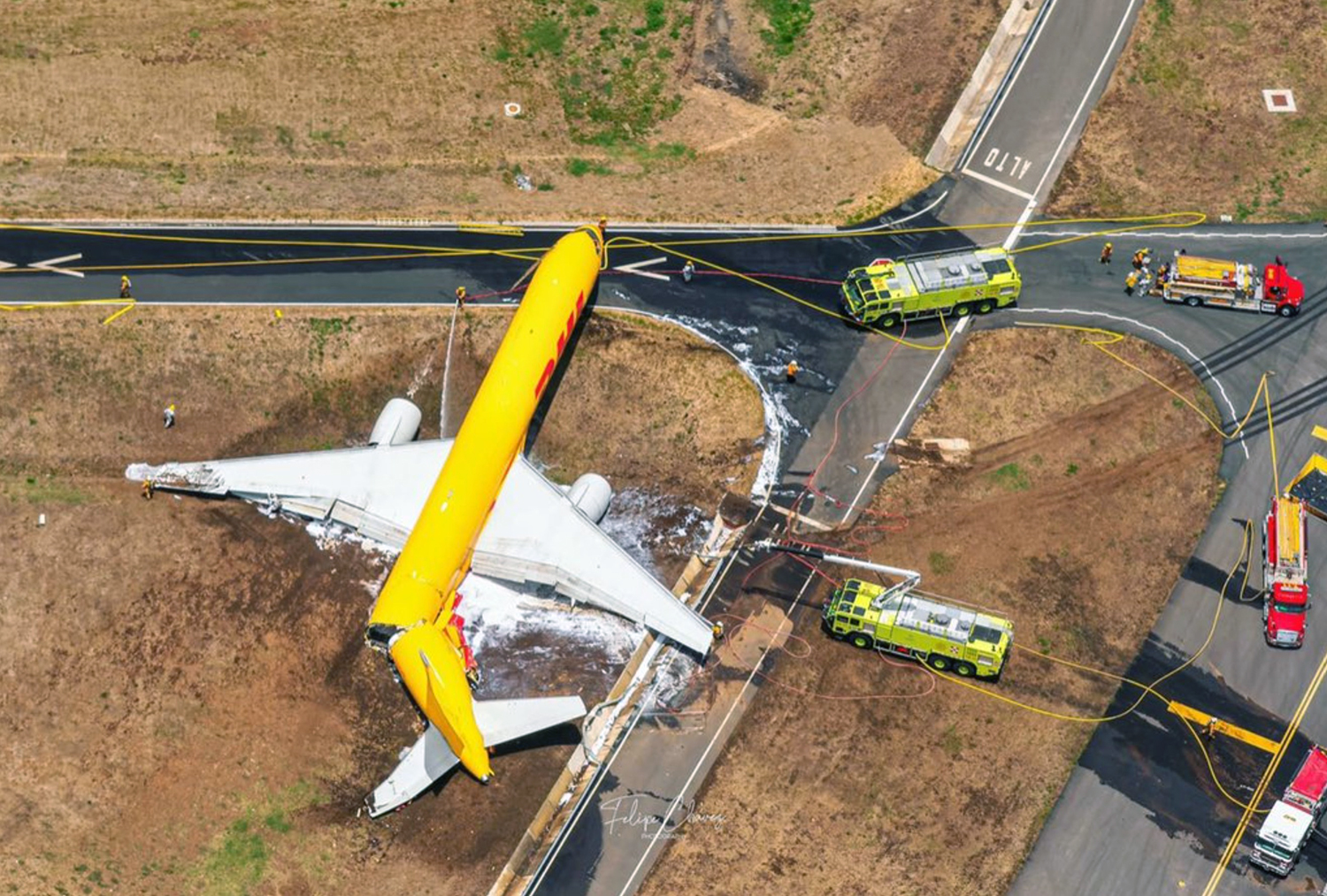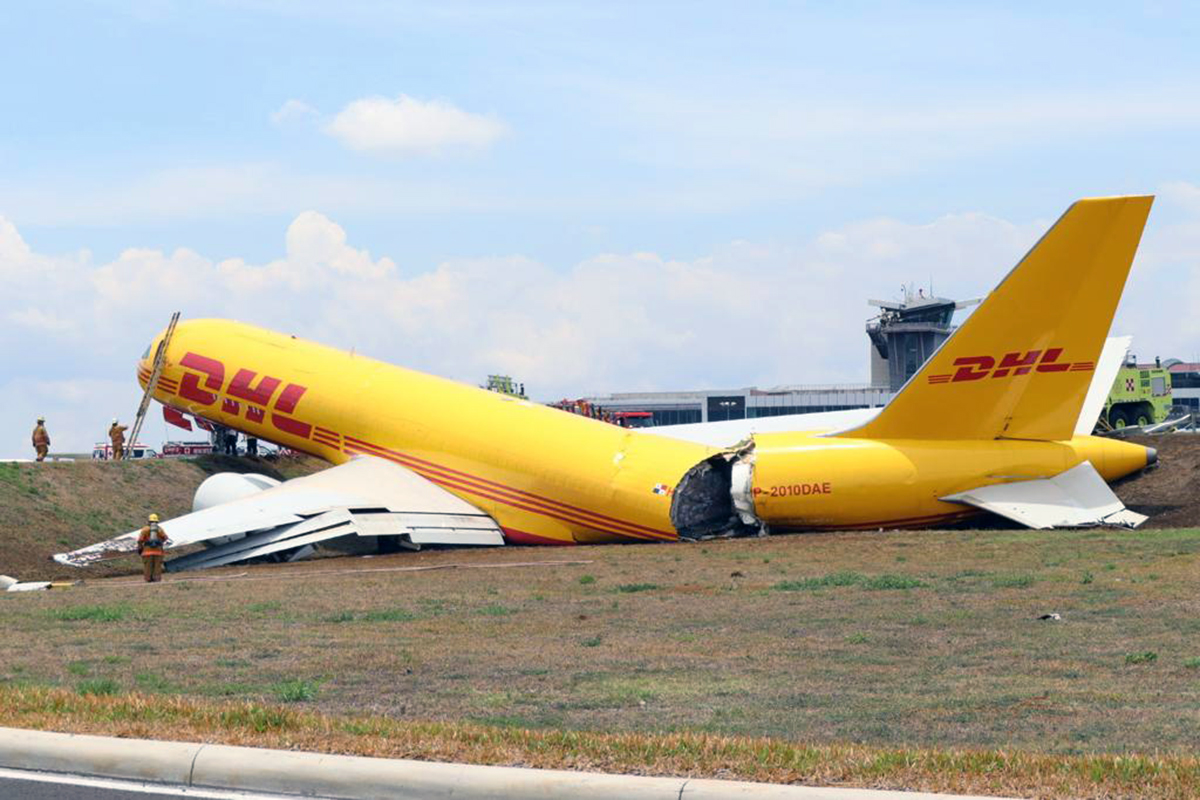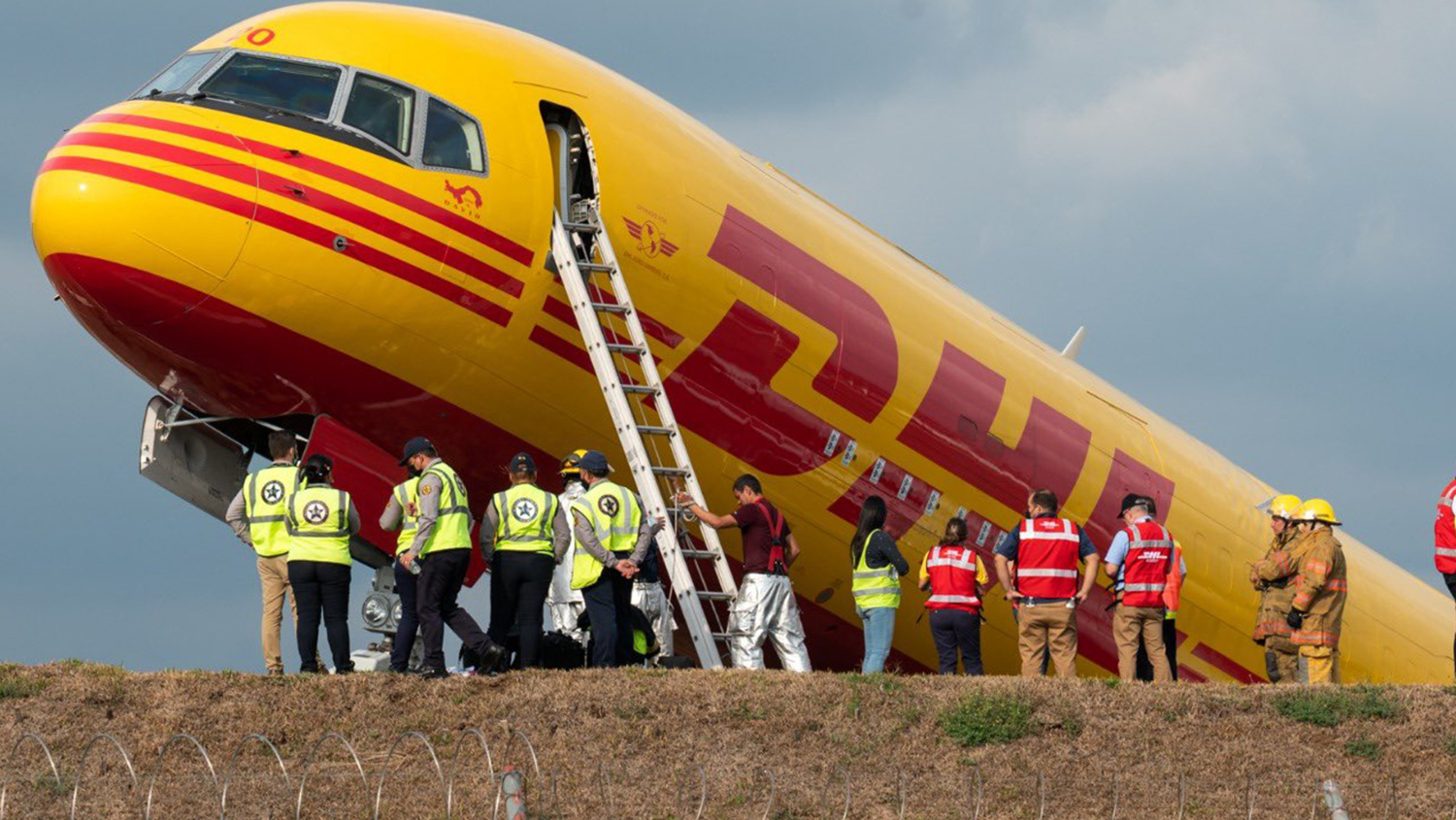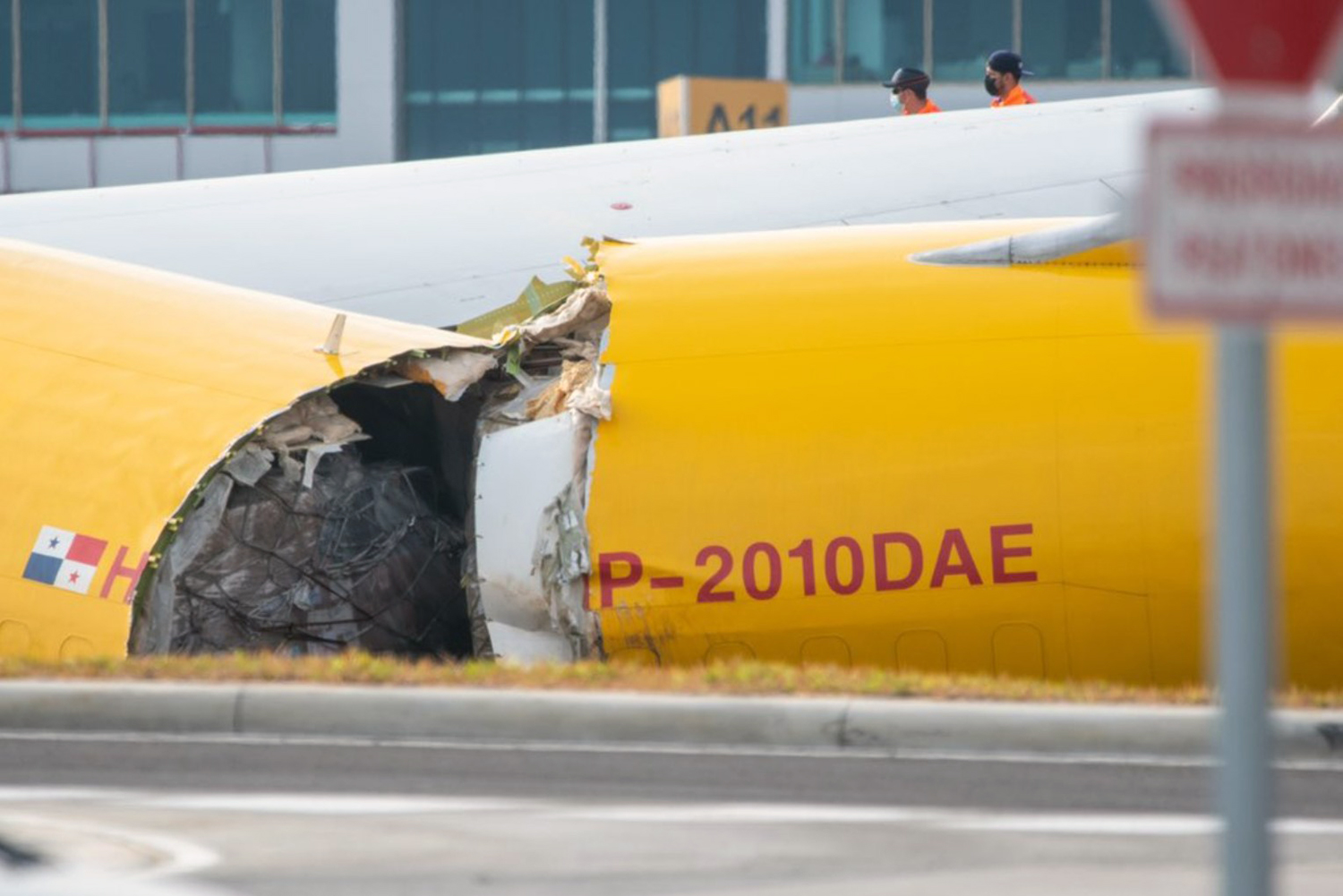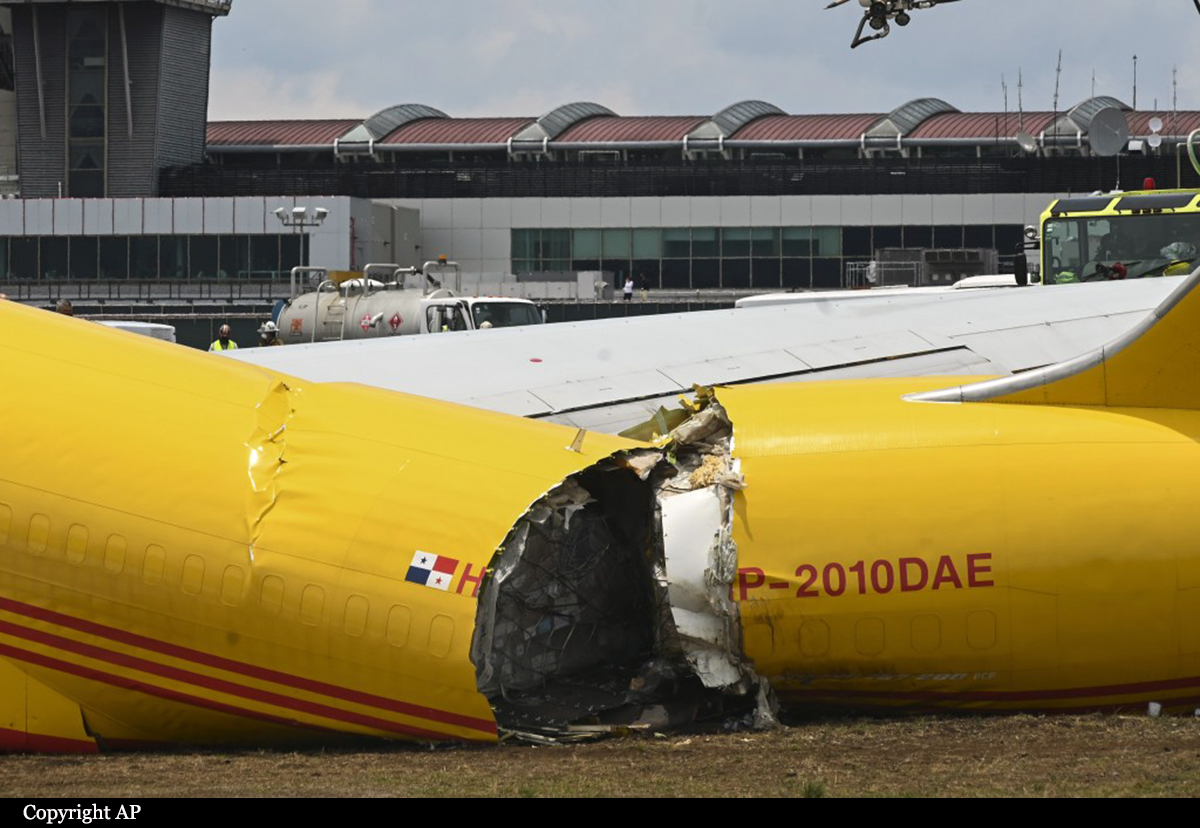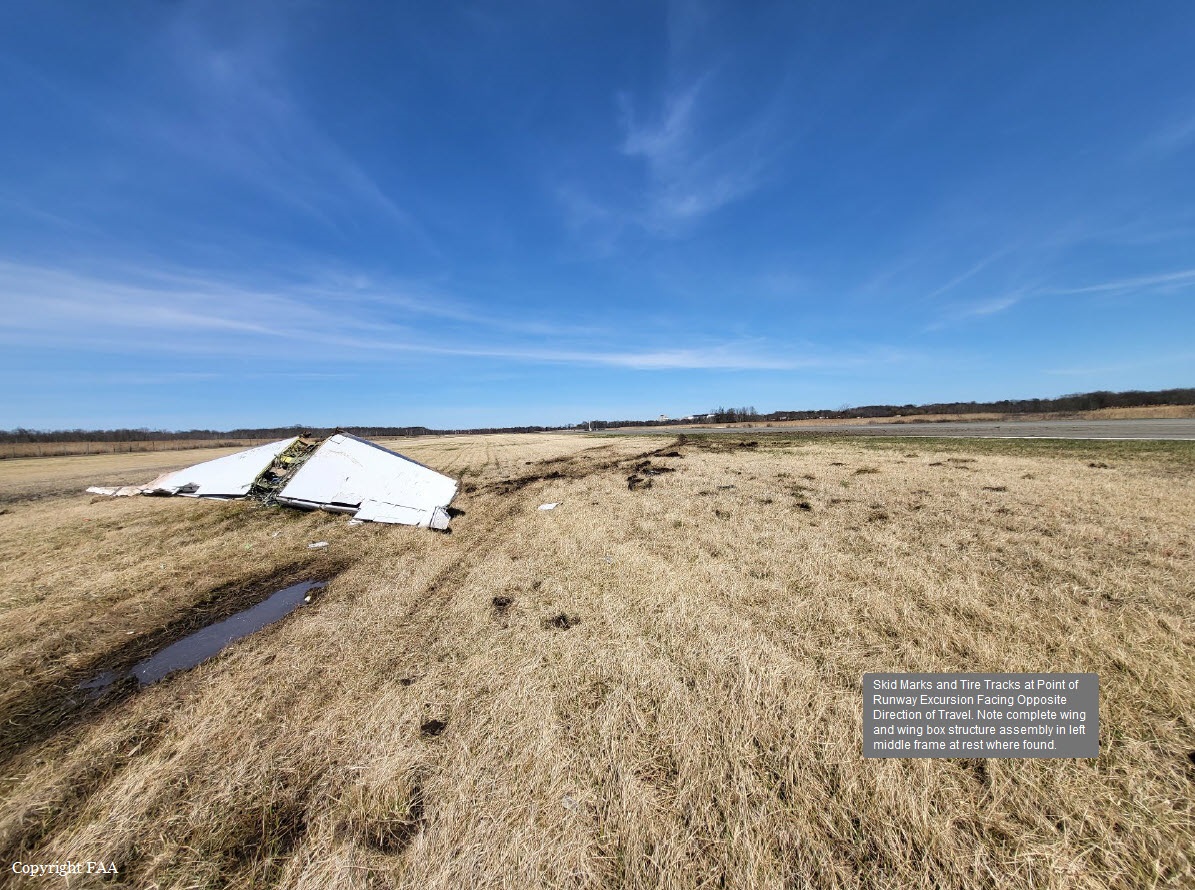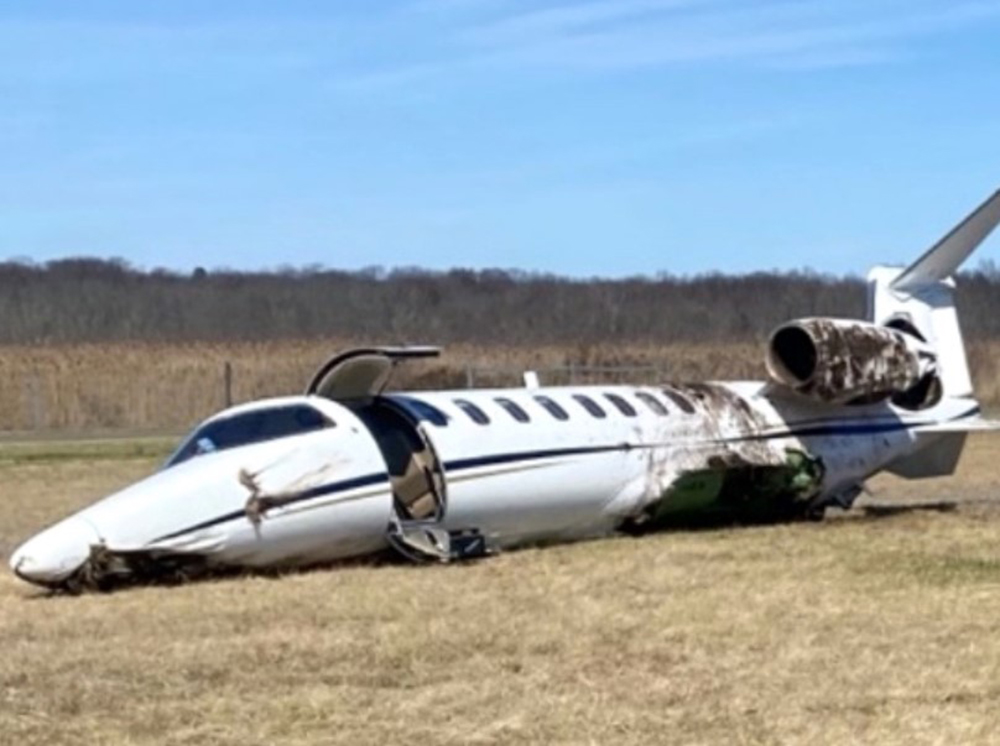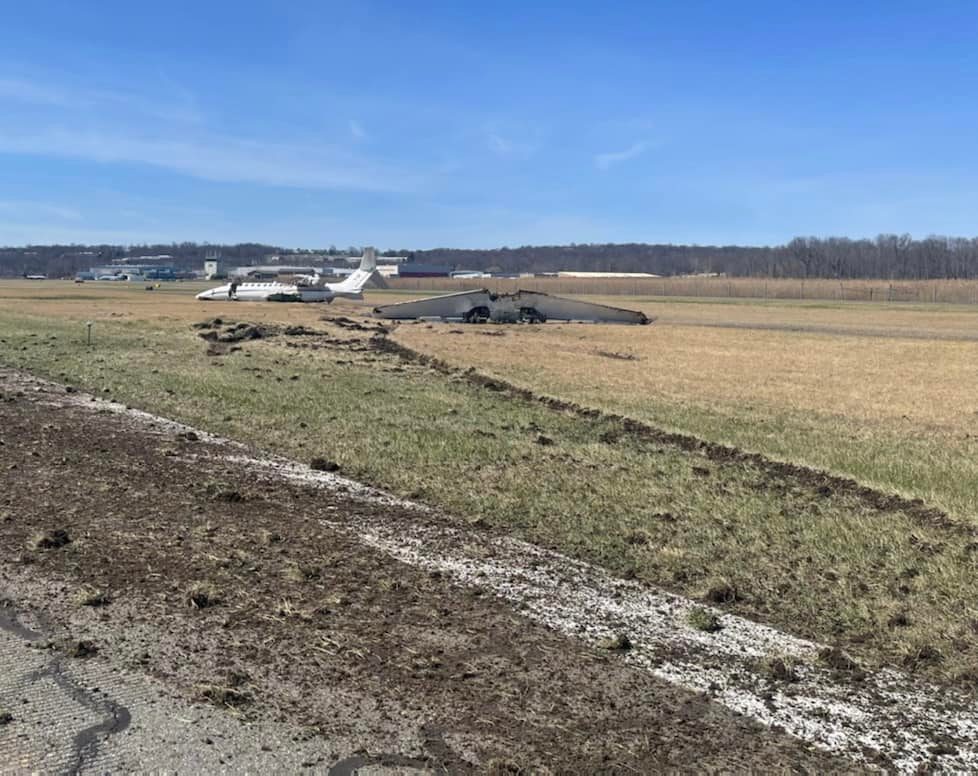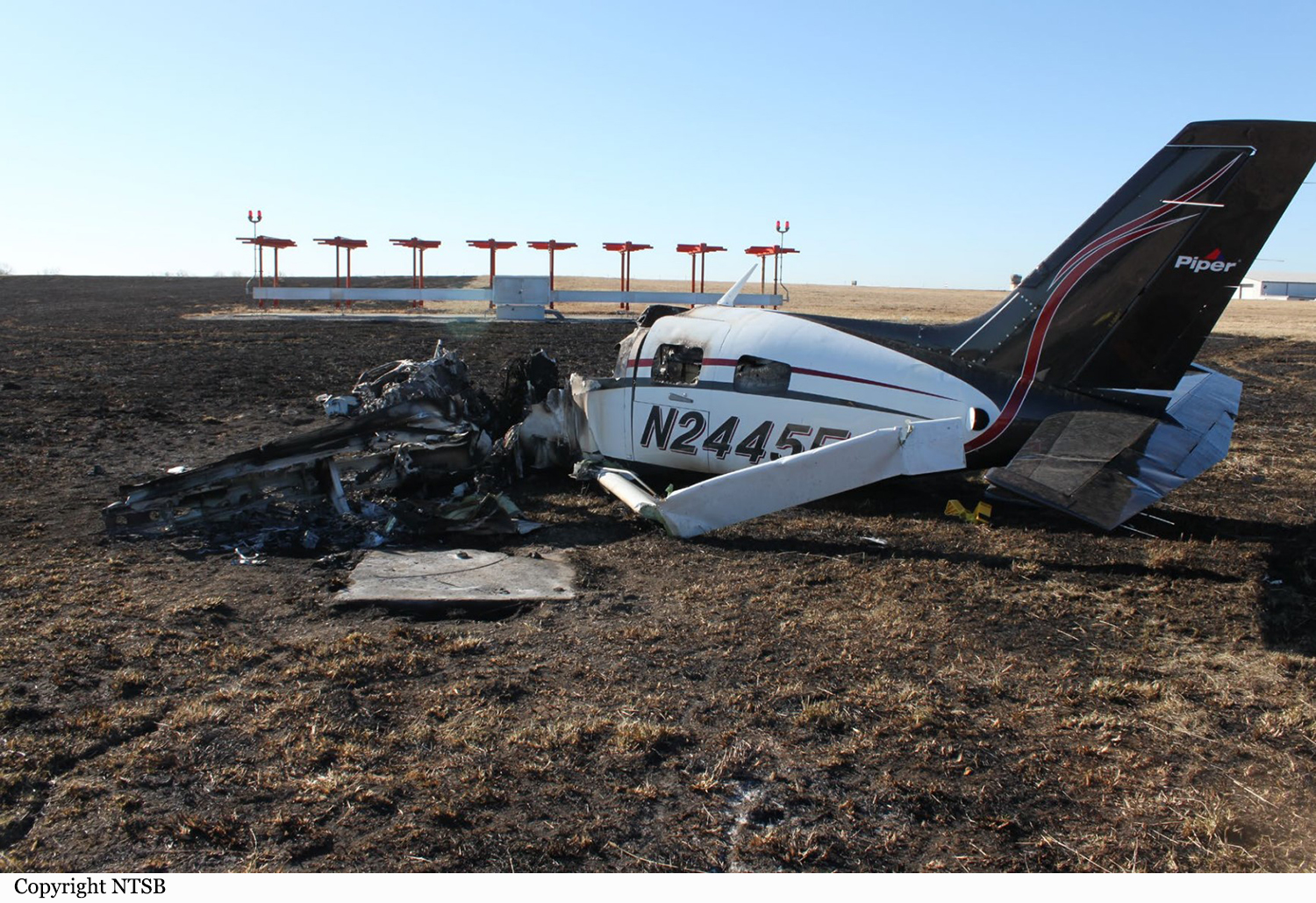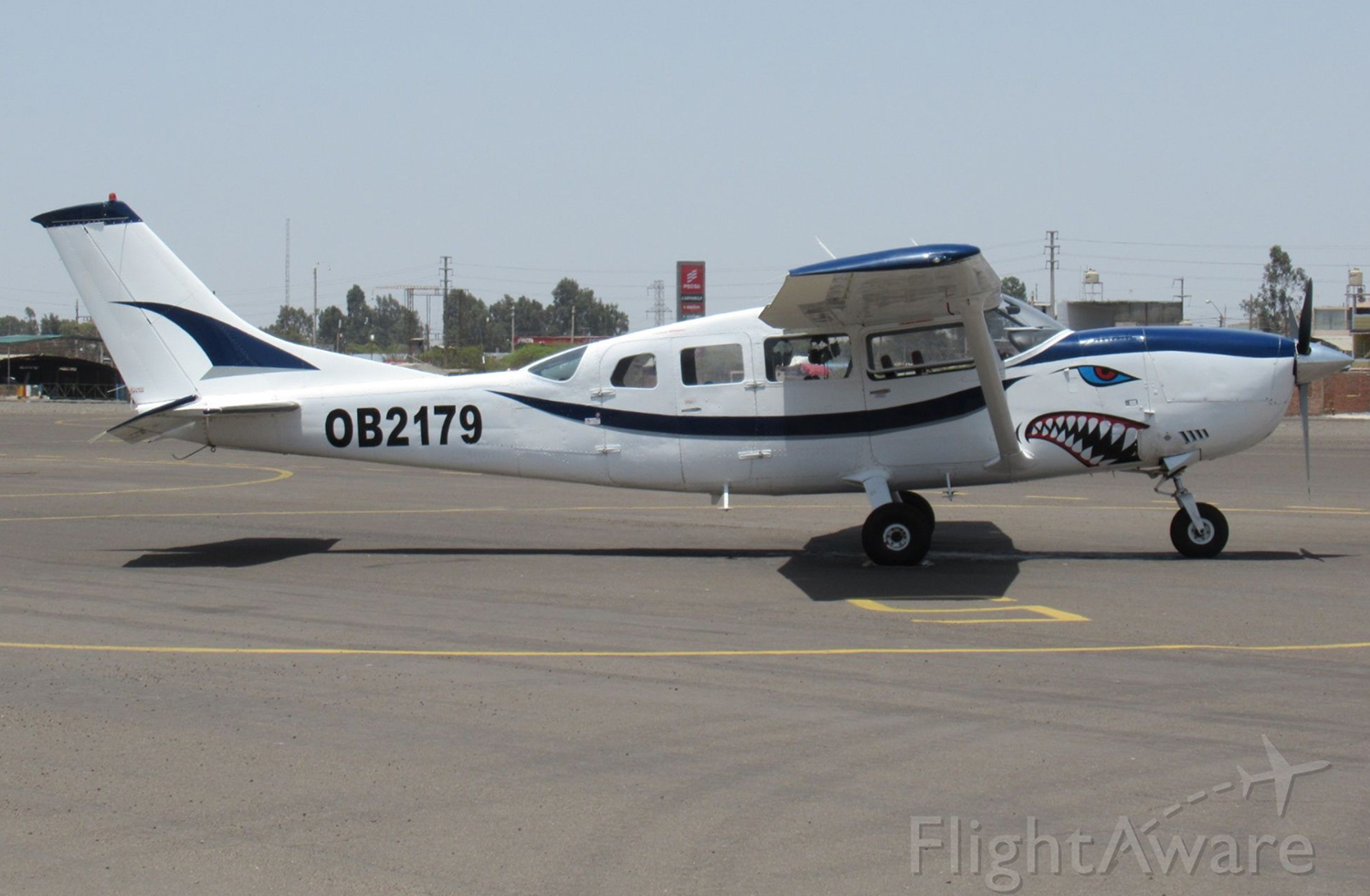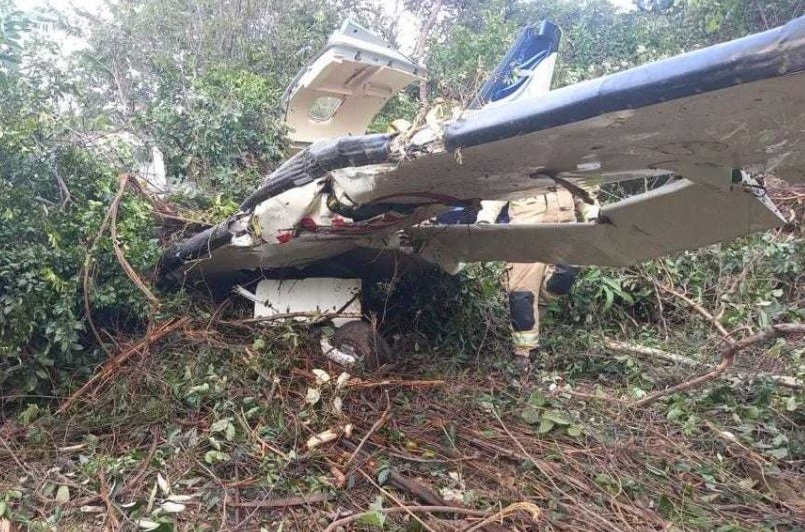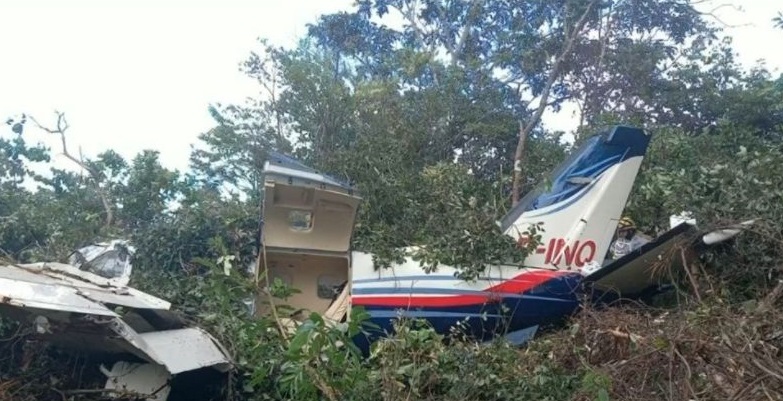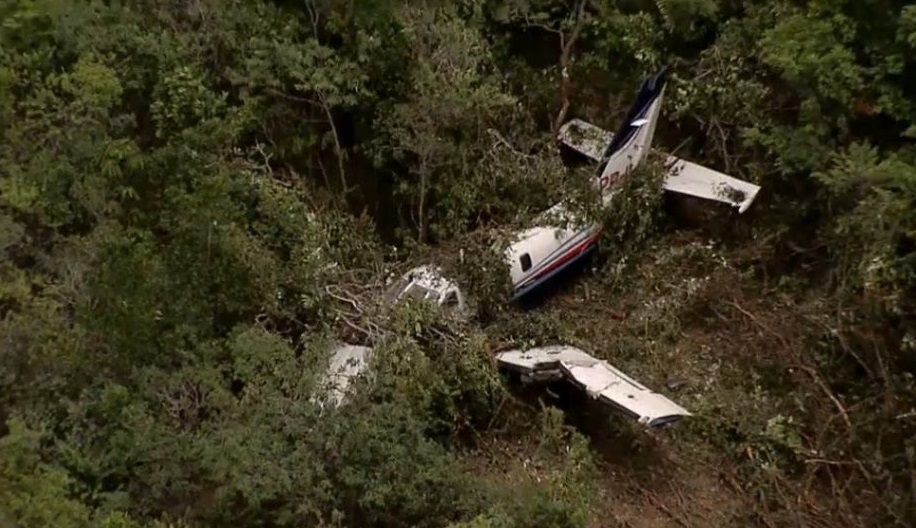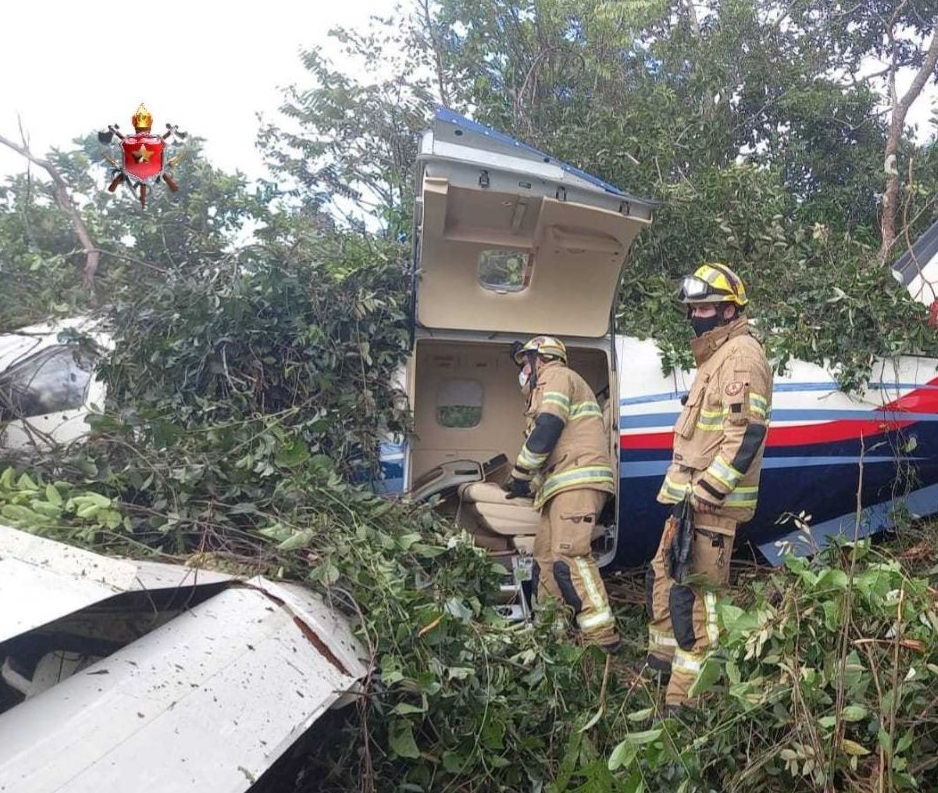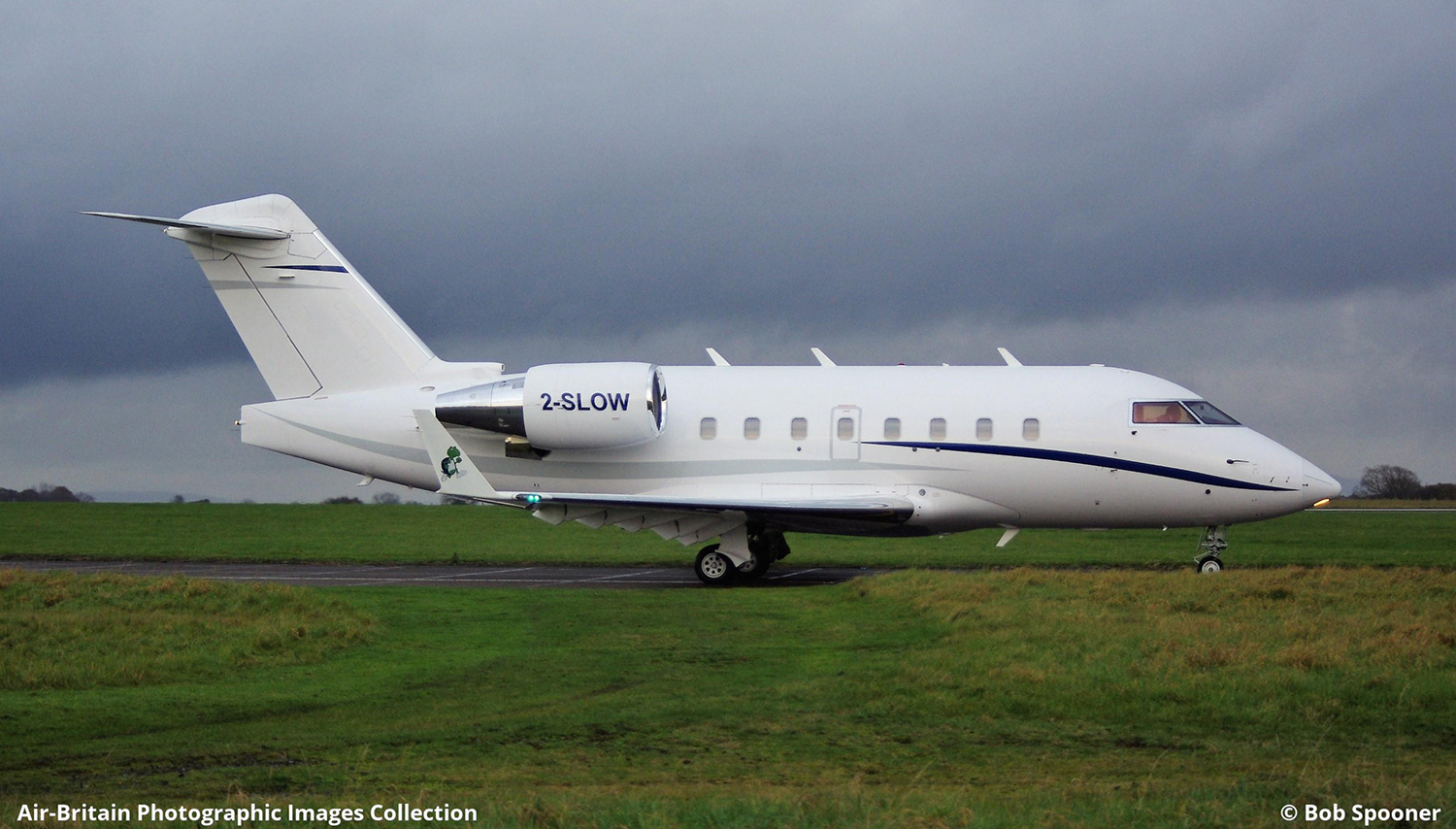Crash of a Basler BT-67 in Villavicencio
Date & Time:
Apr 13, 2022 at 1303 LT
Registration:
PNC-0257
Survivors:
Yes
Schedule:
Florencia – Villavicencio
MSN:
9670
YOM:
1943
Crew on board:
4
Crew fatalities:
Pax on board:
10
Pax fatalities:
Other fatalities:
Total fatalities:
0
Circumstances:
After landing on runway 23 at Villavicencio-La Vanguardia Airport, the airplane veered off runway to the left and entered a grassy area. It rolled for few hundred metres then the pilot attempted to takeoff when the left wing dropped. The aircraft stalled, impacted trees and crashed about 200 metres to the right of the runway 05 threshold. All 14 occupants were rescued, among them few were injured.

